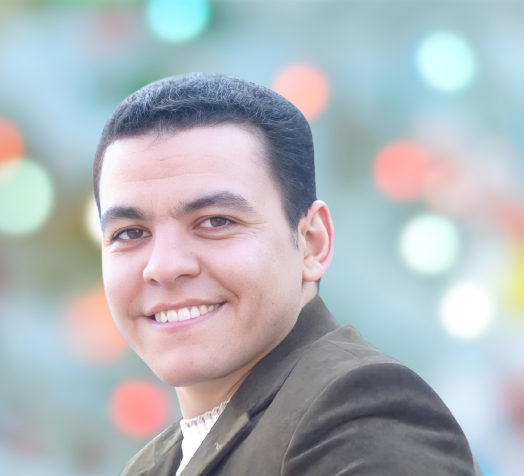PhD defence by Mohammad Salah Radi: Discovery, Engineering and Application of Transport Systems Via Adaptive Laboratory Evolution

Mohammad Salah Radi will defend his PhD thesis: Discovery, Engineering and Application of Transport Systems Via Adaptive Laboratory Evolution
Principal supervisor:
Dr. Adam M. Feist
Co-supervisor: Prof. Markus Herrgård
Examiners:
Prof. Irina Borodina, DTU Biosustain, Denmark.
Prof. Lars Mathias Blank, RWTH Aachen University, Germany.
Prof. Amelia-Elena Rotaru, University of Southern Denmark.
Chairperson at defence:
Senior Researcher: Michael Krogh Jensen
A copy of the PhD thesis is available for reading at the department
DTU Biosustain
Summary of PhD thesis:
A factory usually has a border and gates for the entry of necessary raw materials and the exit of the manufactured products. Similarly, a cell is like a factory that has a border (called cell membrane) and gates (called membrane transporters). Membrane transporters regulates what enters and what exit the cell. In its simplest form, membrane transporters are proteins. The identity (ID) of each of these proteins are stored as a code in the cell DNA. Microbes are tiny organisms which consists of only a single cell. In biotechnology, microbes like bacteria can be used as environmentally friendly factories (in fact scientists called them microbial cell factories) to produce highly valuable materials for the benefit of humans. However, cell factories need nutrients to produce these valuable products.
To facilitate the production process, membrane transporters should efficiently transport nutrients into the cell and the product out of the cell. Normally, membrane transporters are not doing their job efficiently, and this consequently will reduce the production rates. Luckily, these transporters can be engineered to be more efficient, and this will help increase the production rates. However, to engineer these transporters, we must identify them and know what they transport.
The protocol provided here not only identify membrane transporter but also can inform about what they can transport and highlight what change required to make them efficient. Cells try to find a solution when they face a challenge. In this work, cells were challenged by feeding them with a high amount of a particular molecule. The cells were smart enough to find a solution by making an agreement with specific membrane transporters. These transporters will either shut down the transport of the molecule into the cell or increase its transport out of the cell. The transporters and the solutions that the cell decided can be revealed by modern scientific tools such as robotics and DNA sequencing. Now, scientist can use these transporters and apply the solutions they discovered to increase the production of a valuable chemical using microbial cell factories.
Additionally, the protocol provided here represented a solution for antibiotic resistance, a worldwide problem. Bacterial cells can become resistant to several antibiotics by simply pumping them outside using one or two of their membrane transporters. Using the protocol represented here can help identify these transporters and understand how they work. Scientists can consider this information to either design better antibiotics or find a solution to stop membrane transporters that pump antibiotics out of the bacterial cell.
With these two applications outlined here, this work can be expanded to different microbes and molecules to drive the basic discovery of membrane transporters that have biotechnological and medical relevance.